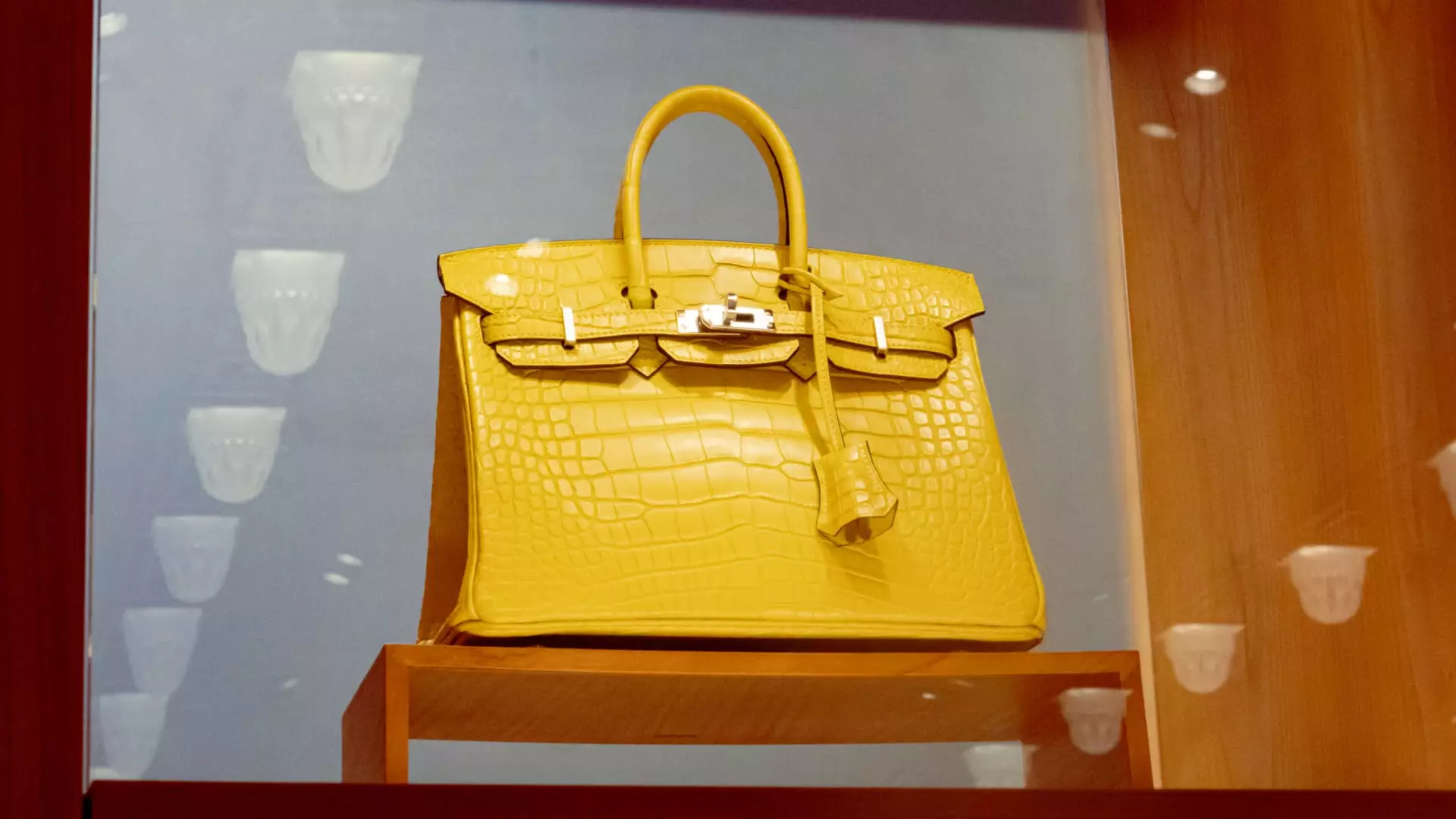In a striking display of market resilience, the luxury fashion house Hermès has reported robust performance metrics for the fourth quarter, suggesting a thriving appetite for high-end goods despite broader economic uncertainties. The company’s revenues surged by 17.6% year-on-year at constant exchange rates, reaching an impressive €3.96 billion ($4.15 billion) through the end of December. This performance not only surpassed analysts’ expectations of €3.69 billion but also highlighted the unique market position that Hermès occupies within the tumultuous landscape of luxury fashion.
Looking at the annual picture, Hermès achieved sales of €15.2 billion, marking a commendable 14.7% increase from the previous year on a constant currency basis. This figure again beat the anticipated €14.94 billion, indicating a healthy demand for Hermès’ offerings. Such results are particularly noteworthy given the widespread challenges that have beset the luxury sector, primarily driven by rising costs and evolving consumer preferences.
One key factor contributing to Hermès’ exceptional performance is its steadfast commitment to exclusivity and craftsmanship—qualities that continue to attract a loyal customer base. Unlike other luxury brands facing growing consumer scrutiny and criticism for failing to innovate, Hermès has maintained a narrative of luxury that resonates with customers, even in difficult times. Executive Chairman Axel Dumas emphasized this loyalty during a statement, attributing the brand’s steady growth to its agile and dedicated team. He described the results as emblematic of Hermès’ resilient business model and resilience in an unpredictable global economy.
As we transition into 2024, Hermès exhibits an optimistic outlook, forecasting ongoing revenue growth without specifying exact figures. Dumas reaffirmed that the company enters the new year “with confidence,” even as he acknowledged the continuing unpredictability of the luxury market at large. He remarked, however, that it is premature to declare an overall recovery in the luxury sector, hinting at the complexities that still lie ahead.
Despite struggles in the Chinese luxury market, Hermès enjoyed notably broad-based sales increases across all regions, particularly highlighting a 9% surge in the Asia-Pacific market, excluding Japan. The brand’s leather goods and saddlery category stood out, showing a remarkable 21.7% increase in sales during the fourth quarter. This segment, which constitutes nearly half of the company’s total revenue, demonstrates that even as other areas of luxury face challenges, the demand for authentic craftsmanship remains strong.
The performance of Hermès serves as a reminder that while the luxury market may be experiencing turbulence, certain brands can thrive by adhering to their core values of craftsmanship, exclusivity, and customer loyalty. As Hermès continues to grow amidst industry complexities, its trajectory will be one to monitor as a potential blueprint for resilience in luxury fashion.

